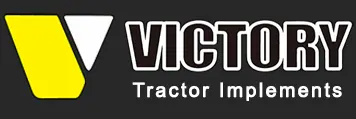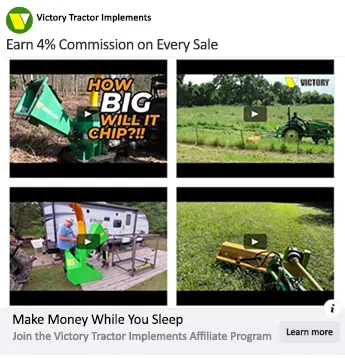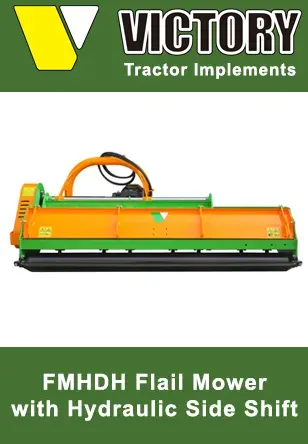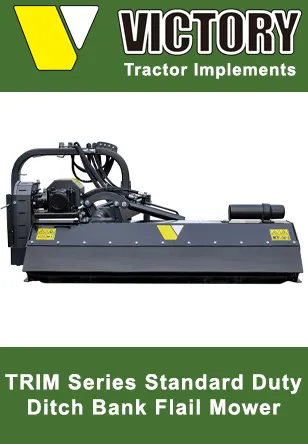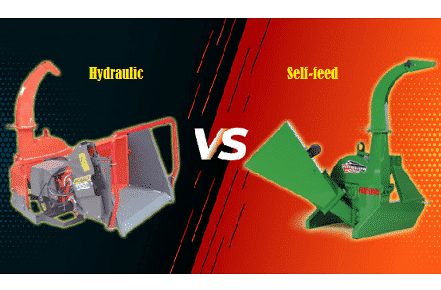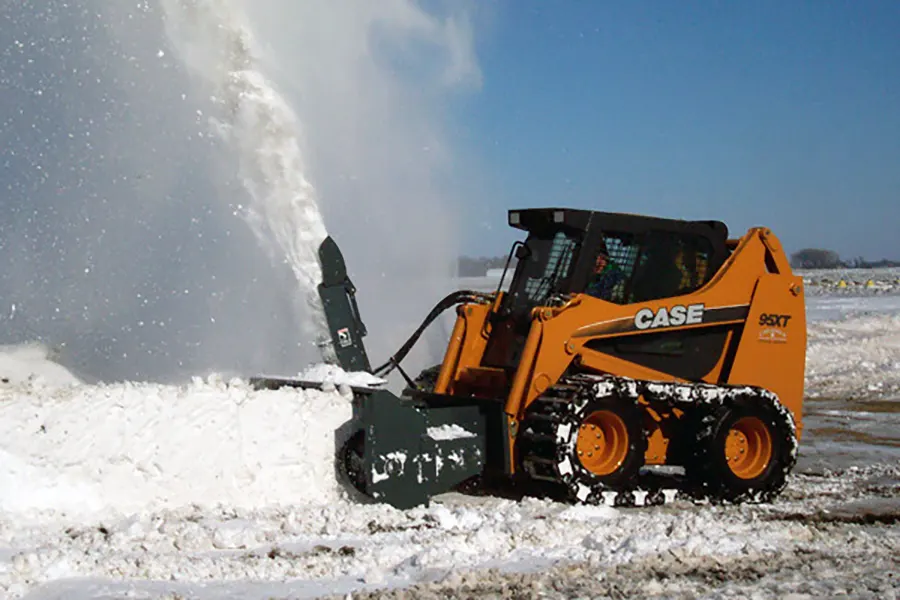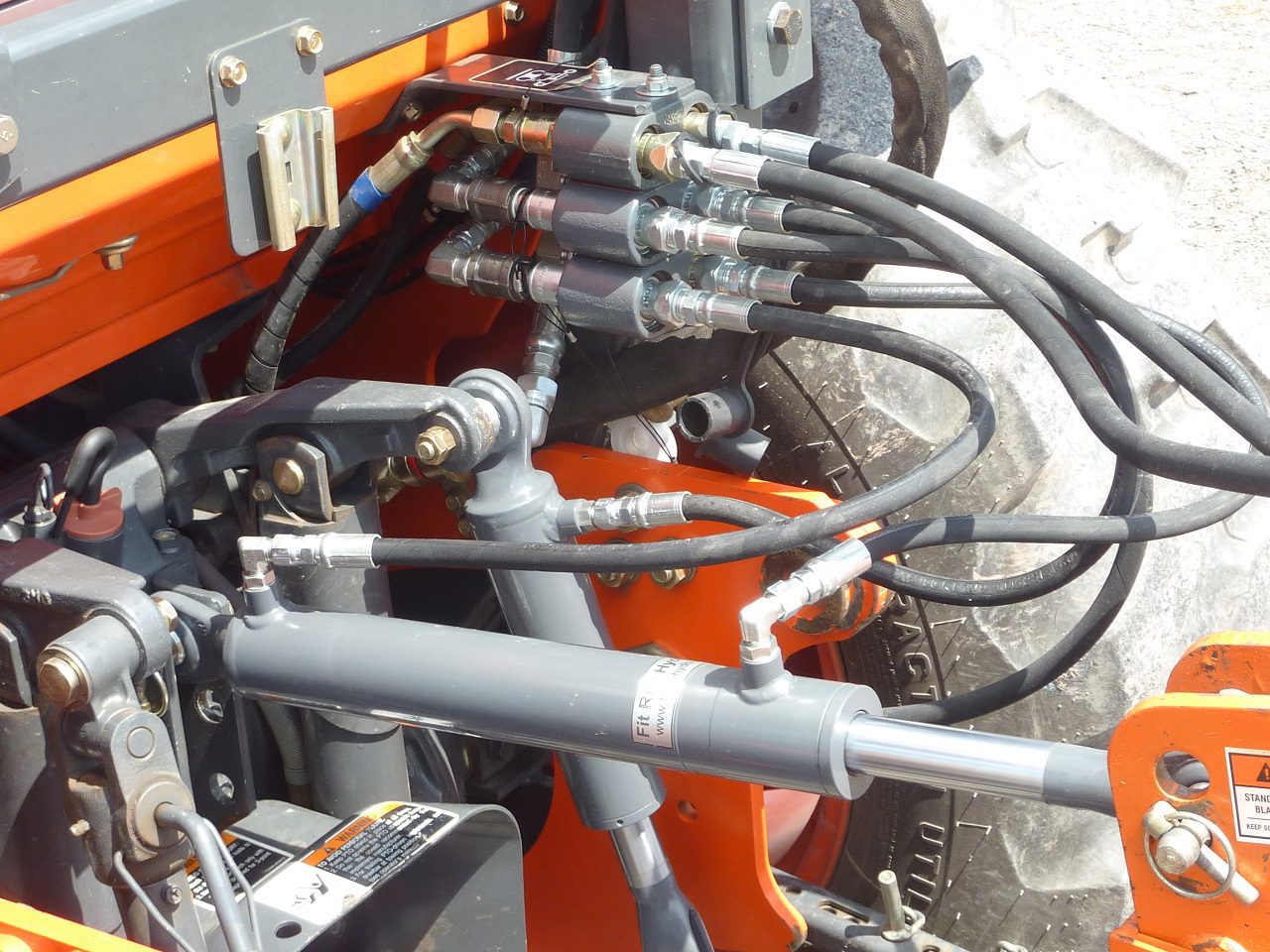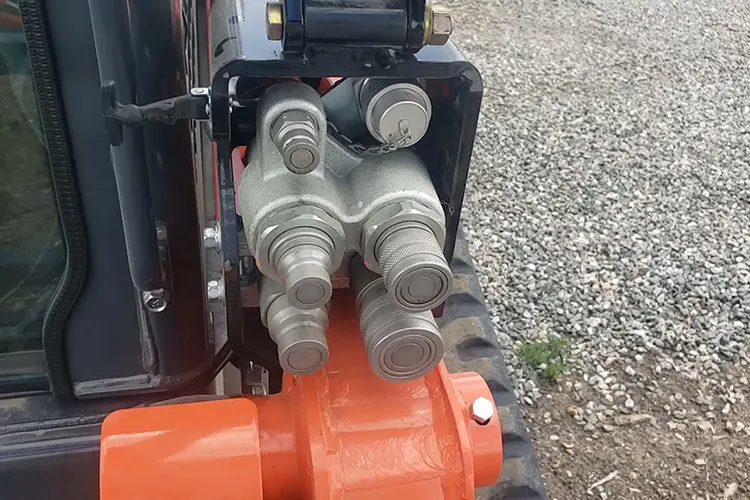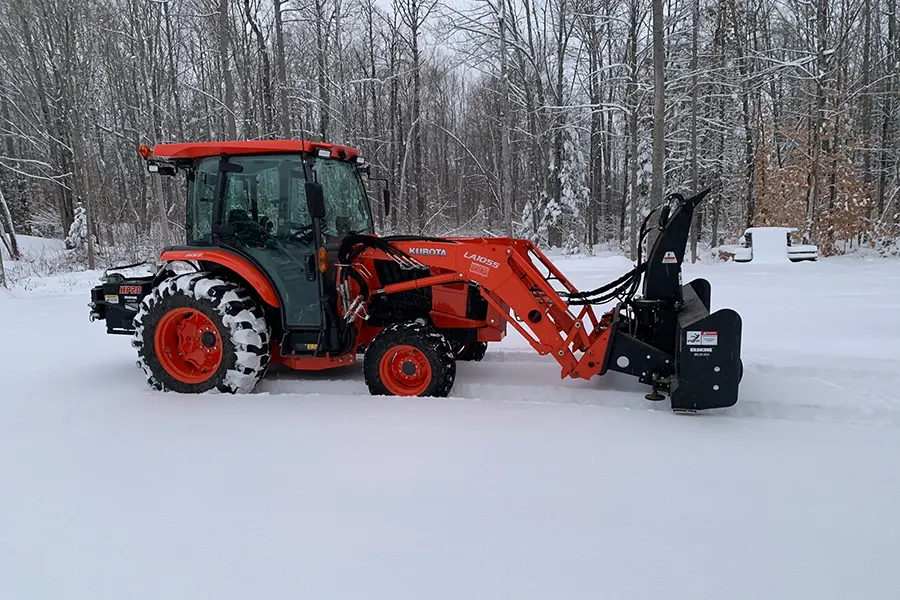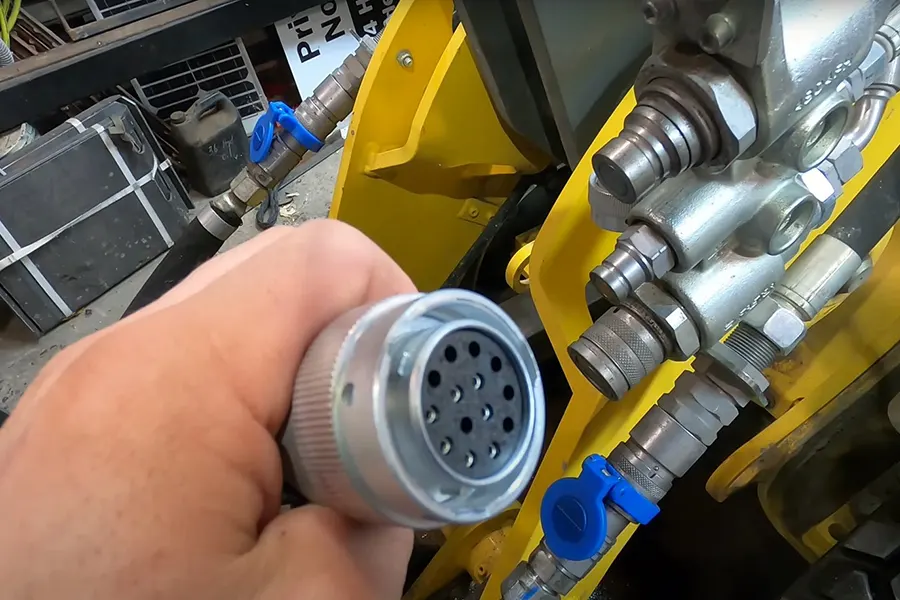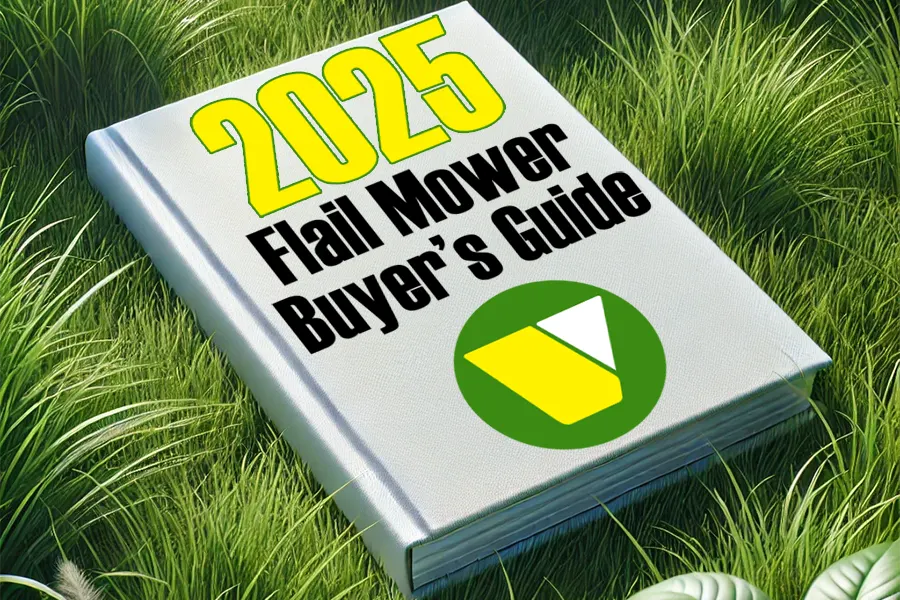The 3-point rotary tiller is considered an essential piece farming equipment for every farmer. When it comes to plowing land, it contains multiple blades capable of stirring up the soil. They are used by farmers and gardeners all over the world to prepare the seedbed for planting. It has progressively become a crucial piece of equipment in houses with big gardens and farms because of its ability to break or till the hard ground.
| Key Information | Details |
|---|---|
| What is a 3 Point Tiller? | A rotary tiller designed to attach to the three point hitch on your tractor, powered by your tractor’s PTO stub shaft. |
| Uses of a 3 Point Tiller | Used for seedbed preparation, seed sowing, fertilizer application, herbicide application, and water application. Also aids in pumping water, threshing, harvesting, and transporting crops. |
| Reasons to Buy a 3-Point Rotary Tiller | Allows smooth cultivation for farmlands, hobby farms and commercial gardens, streamlines tillage operations and seed bed preparation, best for terrace farming, dryland farming. |
| Choosing the Right 3-Point Tiller | Consider factors like forward or reverse rotation, and the ideal HP that aligns with the HP capabilities of the tractor. |
| Difference Between a Cultivator and a Tiller | Both are used for breaking the soil. Cultivators are easier to operate due to increased maneuverability but can only be used in smaller areas. |
| Difference Between a Tiller and a Rotary Hoe | Rotary tiller breaks the soil, while a rotary hoe reduces soil crusting and promotes a healthy soil mix. |
| Front Tine vs. Rear Tine | This terminology applies to push-behind (walking) tillers. Front refers to tines located in-front of the tires and rear refers to tine rotation behind the tires. |
What is a 3 Point Tiller?
A 3 Point Tiller is a rotary tiller designed to attach to the three point hitch on your tractor. The tiller derives it’s power from your tractor’s PTO stub shaft.
Also known as a rotavator, this popular piece of agricultural equipment helps in proper seedbed preparation, seed sowing, fertilizer application, herbicide application, and water application. Pumping water, threshing, harvesting, and transporting crops are all made easier due to their use. Whether the field is large or small, a tiller is often the best option.
One of the primary uses of this multipurpose machine is to cultivate farmland. It’s efficient because it’s capable of cutting and reversing hard dirt simultaneously. It’s easy to use, relatively inexpensive to maintain and takes up minimal space.
The term “3 Point” refers to the Three-Point Hitch on the back of the tractor used to attach a variety of implements which are powered by the HP output of the PTO. The power is transferred to the implement via a PTO shaft (power take-off shaft) that serves as a connector between the two machines.
How to use a Rotary Tiller – 10 Series
Top 3 Reasons Why To Buy a 3-Point Rotary Tiller For Tractor
Following are some of the reasons you should consider using a 3-point tiller.
● Allows smooth cultivation for farmlands, hobby farms and commercial gardens
● Streamlines tillage operations and seed bed preparation
● Best for terrace farming, dryland farming
Choosing the right 3-Point Tiller
Following are some of the factors you must look into if you want to buy a perfect 3 point rotary tiller:
● Forward or Reverse Rotation
Forward-rotation tines usually rotate in the same direction as the tires when driven. This implies that the tip of the tine advances. On the other hand, tillers with a reverse rotational direction are also available. Reverse-rotation models cause the tines to move in the opposite direction as the tractor. This way, the tiller is able to penetrate deeper into the soil. Furthermore, reverse rotation tend not to move the tractor forward. This prevents the tractor from unexpectedly lurching forward.
Garden Tillers: Forward vs Reverse Rotation? 4 Distinct Tests
● Determining the Ideal HP
The rule is pretty simple when it comes to a tractor rotary tiller’s horsepower. It’s always best to align the HP requirements of the implement to the HP capabilities of the tractor in order to get the most out of both machines and minimize the potential for damage.
Minimum HP for a subcompact tractor usually starts at 15 HP and goes up from there, with heavy duty rotary tillers and power tillers requiring a much greater HP output to operate. This is where a heavy duty rotary tiller that can be attached to the tractor’s quick hitch is often a consideration for large scale jobs.
It’s important to keep in mind that the tractor’s HP at the PTO will be less than the engine HP. For example a John Deere 3025E is rated at 25 engine HP however the PTO output is 17.4 HP. The PTO HP should always be the primary consideration when assessing minimum HP requirements of the implement in question.
66HP TRACTOR TILLER FIELD TEST! TILLER NEEDS TO EAT! 👨🌾🚜👩🌾
FAQs
1. How Do You Make A Tiller Go Deeper?
Many tillers come equipped with adjustable skid shoes to provide a depth control mechanism. Gone are the days when you would have to dig with your own hands so that you could plow the ground with enough depth of penetration for planting. With reverse rotation, it is pretty simple. This is because reverse-till models exert a backward pull force that is opposite of the direction of the tractor which allows it to increase cutting depth.
2. What Does Counterrotating Tines Mean?
Three-Point Rotary Tillers with counter-rotating tines rotate their tines in the opposite direction of the clock. The combination of the frontward pull of the wheels and the counter-rotation of the tractor allows the farmer to till compact soil with relative ease. When it comes to loosening hard or clay soils into well-aerated soil, there is no better option than counter-rotating tines for creating optimal soil conditions and seedbed preparation.
3. What Is the Difference Between a Cultivator and a Tiller?
Both are used for breaking the soil. The difference is that operation of cultivators is easier due to increased maneuverability however can only be used in a smaller area such as vegetable gardens or other places typically serviced by garden tillers.
4. What Is The Difference Between A Tiller And A Rotary Hoe?
While the rotary tiller is responsible for breaking the soil, using a rotary hoe can help reduce soil crusting while promoting a healthy soil mix with the right soil conditions necessary for crop emergence. Furthermore, it has a minimal impact on compaction. This is why you must use them simultaneously.
5. Front Tine vs. Rear Tine
This terminology primarily applies to push-behind (walking) tillers. The name is derived from the location of the wheels in conjunction with where the tines are located on the device; front refers to tines located in-front of the tires and rear referring to tine rotation behind the tires.
The Takeaway
It is as clear as a day that farming is not an easy task. However, with the right supporting equipment, one can easily get the job done with minimal effort.
Rotary Tillers are one such equipment that allows you to farm with ease and provides a variety of affordable machines to choose from. You need to do a proper evaluation and get yourself the model that most closely meets your tractor’s HP capabilities while considering the job requirements and ground type.
FAQ
How Do You Make A Tiller Go Deeper?
Many tillers come equipped with adjustable skid shoes to provide a depth control mechanism. With reverse rotation, it is pretty simple. This is because reverse-till models exert a backward pull force that is opposite of the direction of the tractor which allows it to increase cutting depth.
What Does Counterrotating Tines Mean?
Three-Point Rotary Tillers with counter-rotating tines rotate their tines in the opposite direction of the clock. The combination of the frontward pull of the wheels and the counter-rotation of the tractor allows the farmer to till compact soil with relative ease.
What Is the Difference Between a Cultivator and a Tiller?
Both are used for breaking the soil. The difference is that operation of cultivators is easier due to increased maneuverability however can only be used in a smaller area such as vegetable gardens or other places typically serviced by garden tillers.
What Is The Difference Between A Tiller And A Rotary Hoe?
While the rotary tiller is responsible for breaking the soil, using a rotary hoe can help reduce soil crusting while promoting a healthy soil mix with the right soil conditions necessary for crop emergence. Furthermore, it has a minimal impact on compaction.
Front Tine vs. Rear Tine
This terminology primarily applies to push-behind (walking) tillers. The name is derived from the location of the wheels in conjunction with where the tines are located on the device; front refers to tines located in-front of the tires and rear referring to tine rotation behind the tires.

Victory Tractor Implements is proud to offer a wide range of products including flail mowers, wood chippers, rotary tillers, and backhoes, all designed to be connected directly to your tractor’s PTO for maximum efficiency and performance. In addition, we also offer winter equipment such as snow plows and snow blowers, designed for use with skid steers.
We source all of our equipment directly from the manufacturer and pass the savings on to our customers. As always, the team is standing by to answer any questions to assist with your decision. Victory support can be reached directly at (562) 534-8182 or sales@etractorimplements.com
